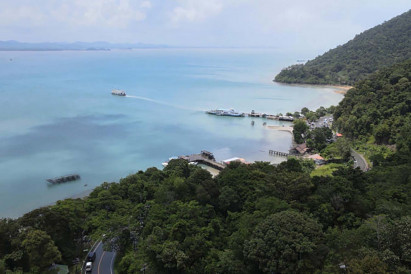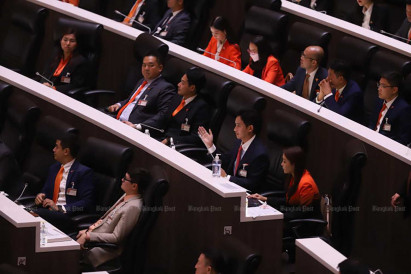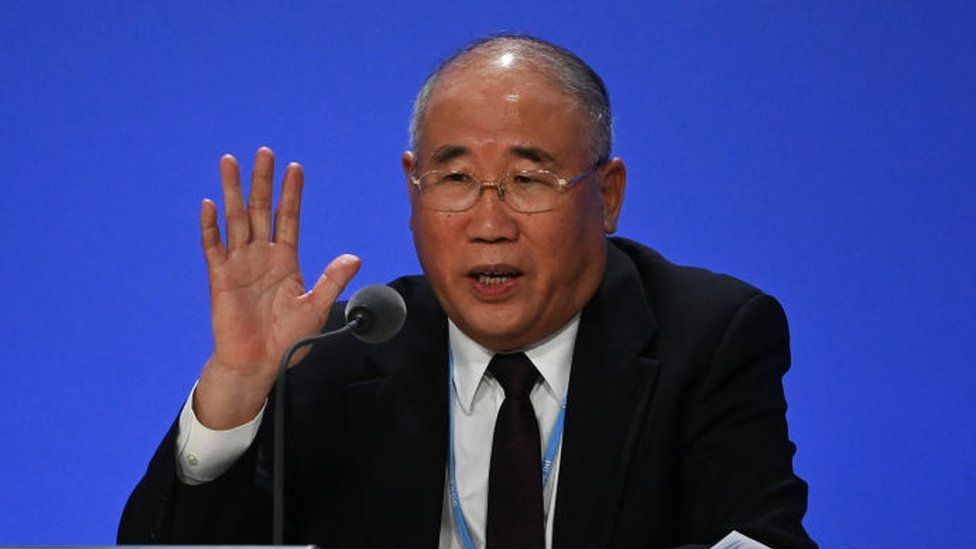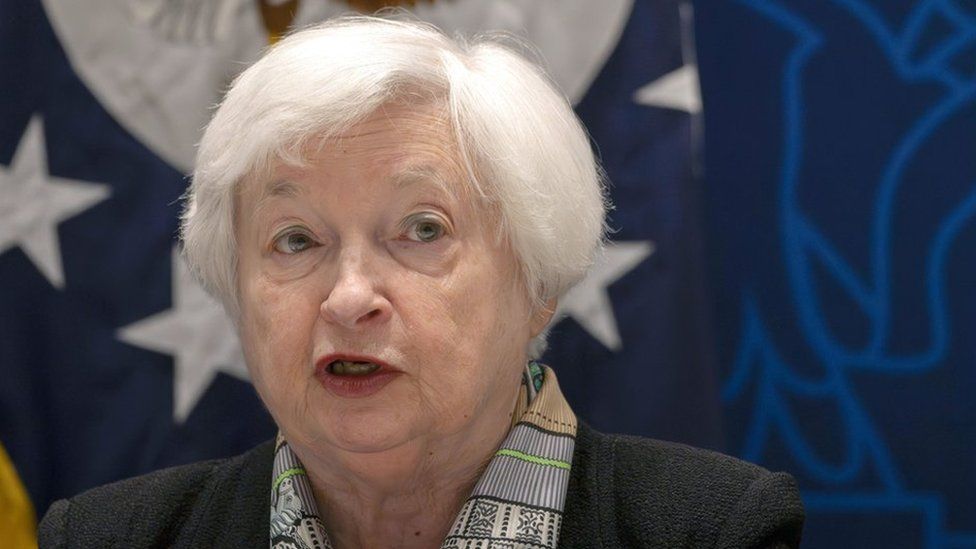Thai brides flee as sweet talk sours

victims say deals gateway to abuse
Women hired to marry Chinese men risk breaking the law both in China and Thailand, warned the police on Saturday.
The warning came after the Anti-Trafficking in Persons Division (ATPD) found that a Thai woman in Udon Thani, who endured three years of assault in China, was not the victim of a human trafficking offence.
The woman married a Chinese man of her own free will so it is not a human trafficking case, said ATPD deputy commander Pol Col Surapong Chatsut.
The woman, identified by police as a 31-year-old Nuch, signed a contract with a go-between, legally obliging her to marry a Chinese man to produce a child.
Ms Nuch earlier told police she and three others were tricked into marrying Chinese men.
They were said to be persuaded by a matchmaker, identified as Da, to tie the knot with Chinese men for 100,000-baht dowries with a condition that they get pregnant in the first six months.
However, the victims were said to have stayed in China as servants or even the second wives to their fathers-in-law after the babies were delivered.
Ms Nuch, who is from the province’s Nong Wua So district, first told the media on Thursday about her marriage and the torment she suffered. She said she and three other Thai women were able to leave China and arrived back in Thailand last month thanks to her mother’s help.
Ms Nuch said she married 32-year-old Chinese national Jin Wei Lian less than three days after their matchmaking before moving to China’s Hubei province.
She said she told the matchmaker before meeting her husband that she was unable to bear children, but the marriage went ahead regardless. She was kept in a house and was assaulted by her husband and her mother-in-law for failing to conceive.
She said she was assaulted for three years before she decided to flee to Thailand along with three other women who also reported unhappy and abusive marriages to Chinese partners.
Pol Col Surapong said that to be admissible as a human trafficking offence, the victim must suffer a forcible act. Under the Anti-Trafficking Act 2008, such offence covers prostitution, production and distribution of pornographic materials, slavery, forced recruitment of individuals to work as beggars and forced labour.
“Ms Nuch, on the other hand, contractually consented to marry in exchange for a dowry, which is outside of the act’s coverage,” the ATPD deputy commander said.
The ATPD officers were sent to Udon Thani to investigate similar marriage scams there.
Pol Col Surapong said he was concerned some local women may have signed the marriage contract without a full understanding of the fine print contained in the agreement. Getting help to them will be difficult once they have left the country to live in China.
“This issue could make some Thai women feel apprehensive about getting into a relationship with foreign nationals,” he added.
More Chinese men were looking outside their country for women to have children with since China lifted its one-child policy, in place from 1980 to 2016, according to Pol Col Surapong.
Meanwhile, Pol Maj Gen Panthana Nuchanart, deputy commissioner of the Immigration Bureau (IB), said strict measures were being launched to deter Chinese criminals from using Thailand as a base to conduct illegal activities.
The measures were also needed to keep out Chinese fugitives planning to enter the kingdom to escape legal charges.
Pol Maj Gen Panthana said being hired to get married and having gone to live in China entails many legal and personal dangers to the women, who also risk breaking the law both in Thailand and China.
Apart from physical abuse, other possible legal violations concern the terms and conditions of the marriage contracts.
The men who came over from China to spend time in Thailand as part of the marriage arrangement must also comply with the Immigration Act, which stipulates they must notify the IB within 24 hours of their arrival.
Pol Maj Gen Panthana attended a conference on combating trans-border crimes between Thailand and China, in Kunming, capital of China’s Yunnan province, from July 8-12.
Participants exchanged information which enabled authorities in both countries to prepare suppression and prevention measures.
Chinese authorities also agreed to share with the IB their database of criminal suspects facing arrest warrants in China, who might be fleeing to Thailand.



























